We all enjoy our own pace in life. Some like the hustle and bustle of a big city, crowds of people everywhere you look. And some of us like a nice quiet village where we can relax and take things easy.
For those that like a sprawling metropolis, filled with loud sirens and lots of life, we have brought together a guide to some of the most dangerous cities on Earth – homicide, crime, pollution and natural disasters all feature highly on this list.
So pack your bags (and maybe a first-aid kit and body armour) – we're off to see the most dangerous cities in the world.
Tijuana - Mexico
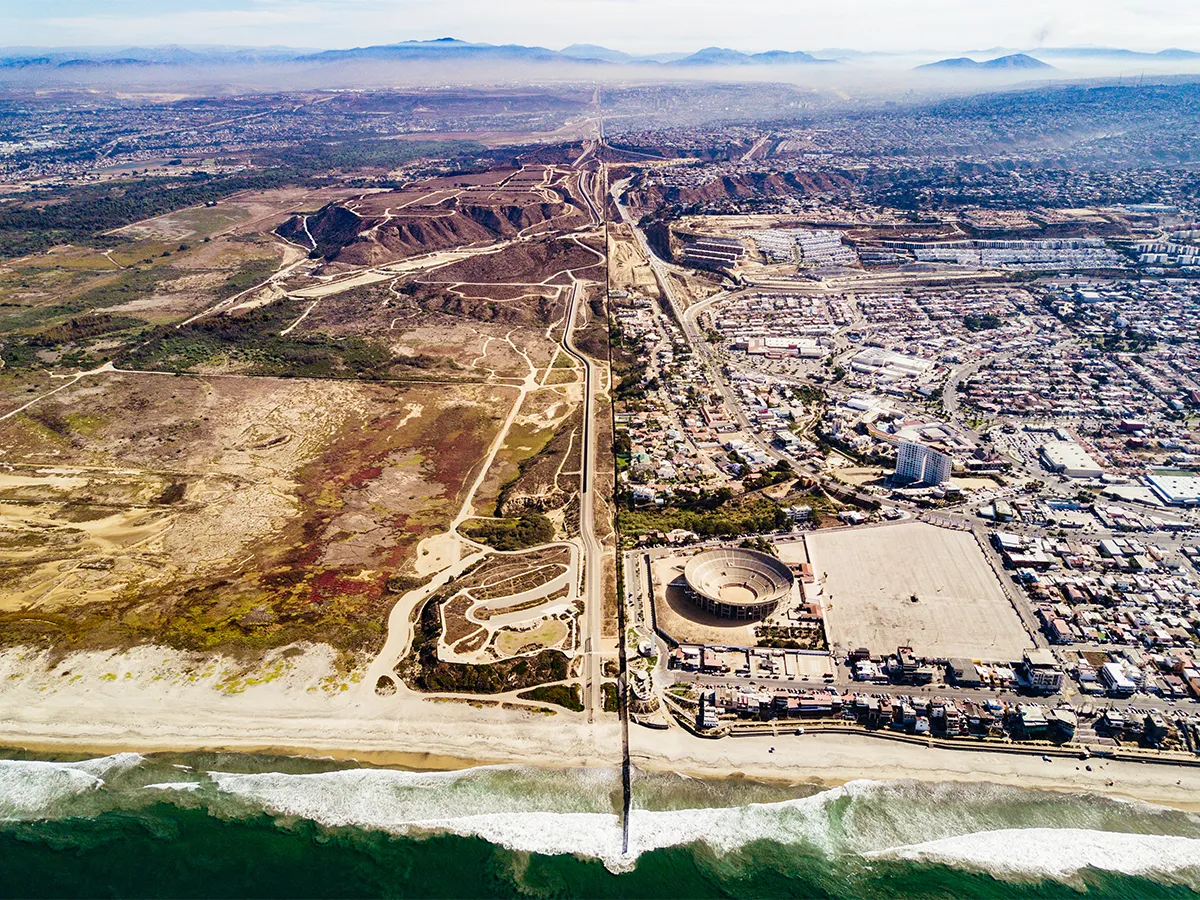
Tijuana is regarded as the murder capital of the world, with 138 homicides per 100,000 inhabitants each year. Increasing gang violence between rival drug cartels is the main cause of death in the city.
Tijuana is located on the border between Mexico and the USA and is home to nearly 2 million people, with many more visiting each year. The city is diverse and fast-growing, attracting an average of around 80,000 immigrants yearly.
Legazpi City - The Philippines
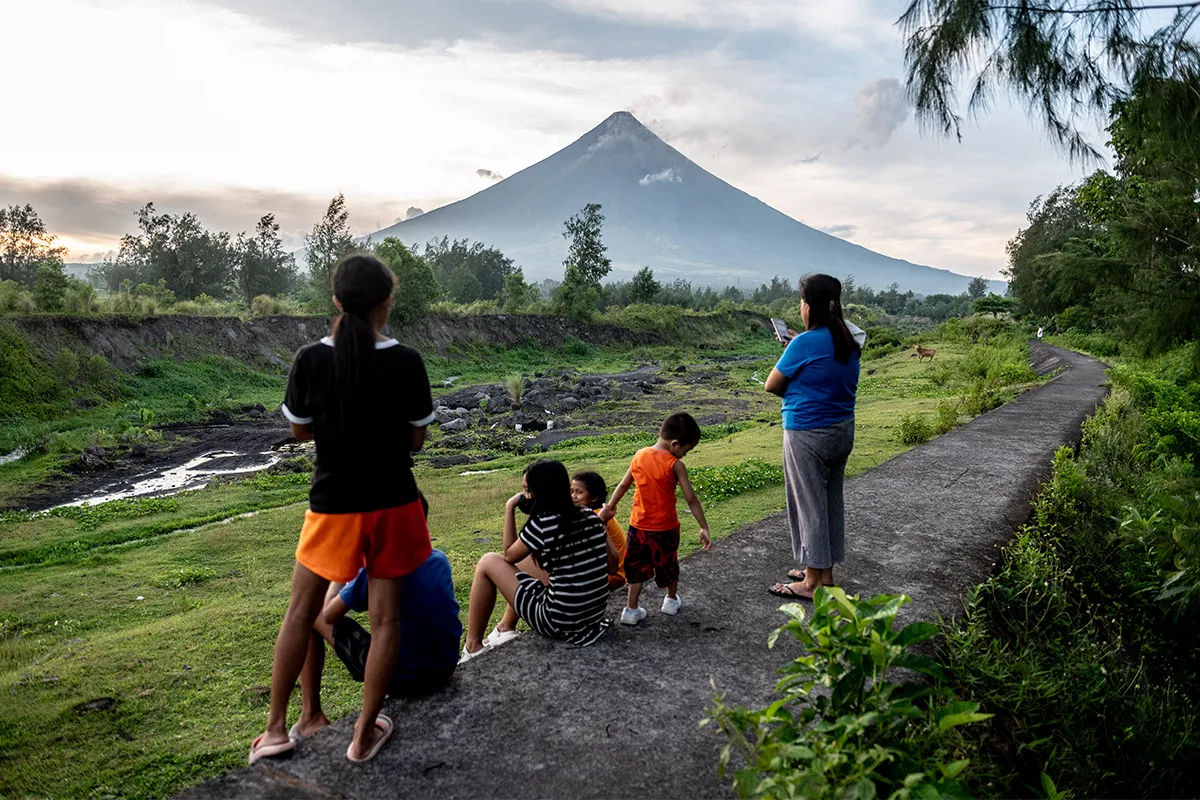
Many cities, for better or worse, have been built rather close to active volcanoes. This offers some benefits such as the option to harness geothermal energy from the great big hot thing on your doorstep. But it can also be less good for more obvious reasons.
The city of Legazpi in The Philippines is one such example. It exists in the shadow of Mount Mayon, a very active volcano that has seen increasing amounts of activity throughout the last decade. Just recently 16,000 people had to evacuate when the volcano erupted.
Because of the dangers posed by the volcano, plans have recently been announced to build a huge evacuation centre in case of future eruptions to protect the local residents. But even with an active volcano right on their doorstep, that hasn't stopped over 200,000 people from calling Legazpi home.
Pripyat - Ukraine
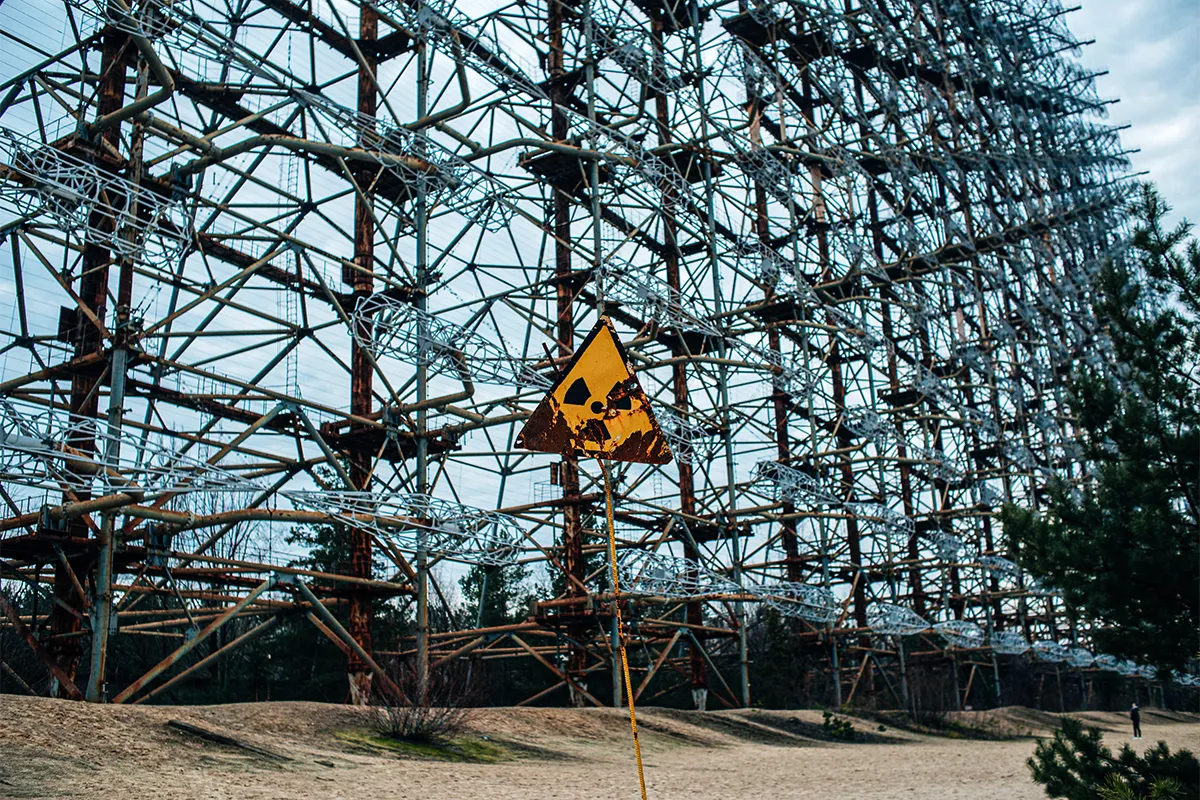
Over 35 years since the Chernobyl nuclear disaster, the empty municipality of Pripyat is still the most radioactive city on Earth. In fact, radiation penetrated so far down into the ground beneath that it will be at least 20,000 years before anyone can live in the area again.
Before the disaster, Pripyat was home to nearly 50,000 people. Most of the adults who lived there worked at the nuclear power plant. Following the explosion and radiation leak they were moved to the purpose-built city of Slavutych, 45km away from Pripyat.
In recent years tours of the city have started to take place. As long as you stay with a guide and do not venture anywhere alone you are able to visit the city. Or at least you were until the country found itself at war.
Lahore - Pakistan
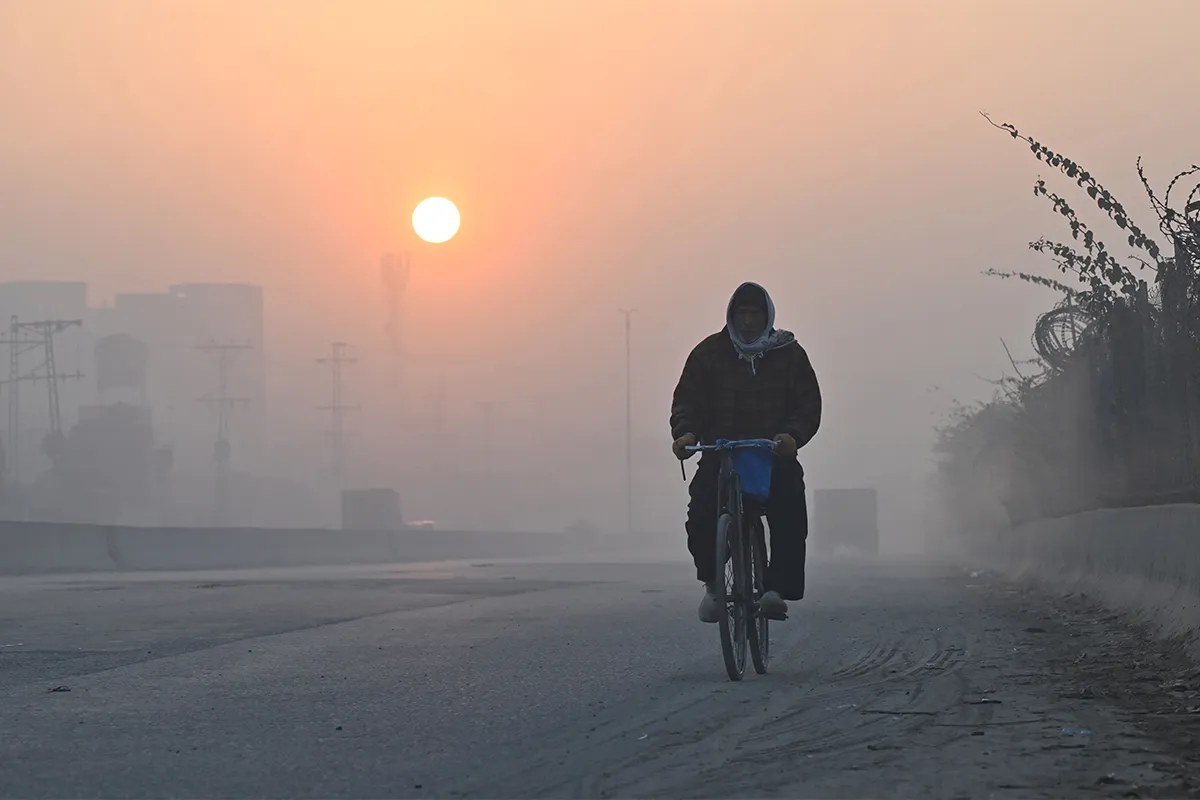
When you remove most of your trees to build new roads for growing car use, the result is depressingly predictable. Lahore now regularly tops the charts as the most polluted city in the world, with air that is hazardous to human health.
Emissions from heavy industry, dust from construction sites and power generation that still rely on the burning of fossil fuels all ad to the problems this city has with pollution.
Oklahoma City - USA
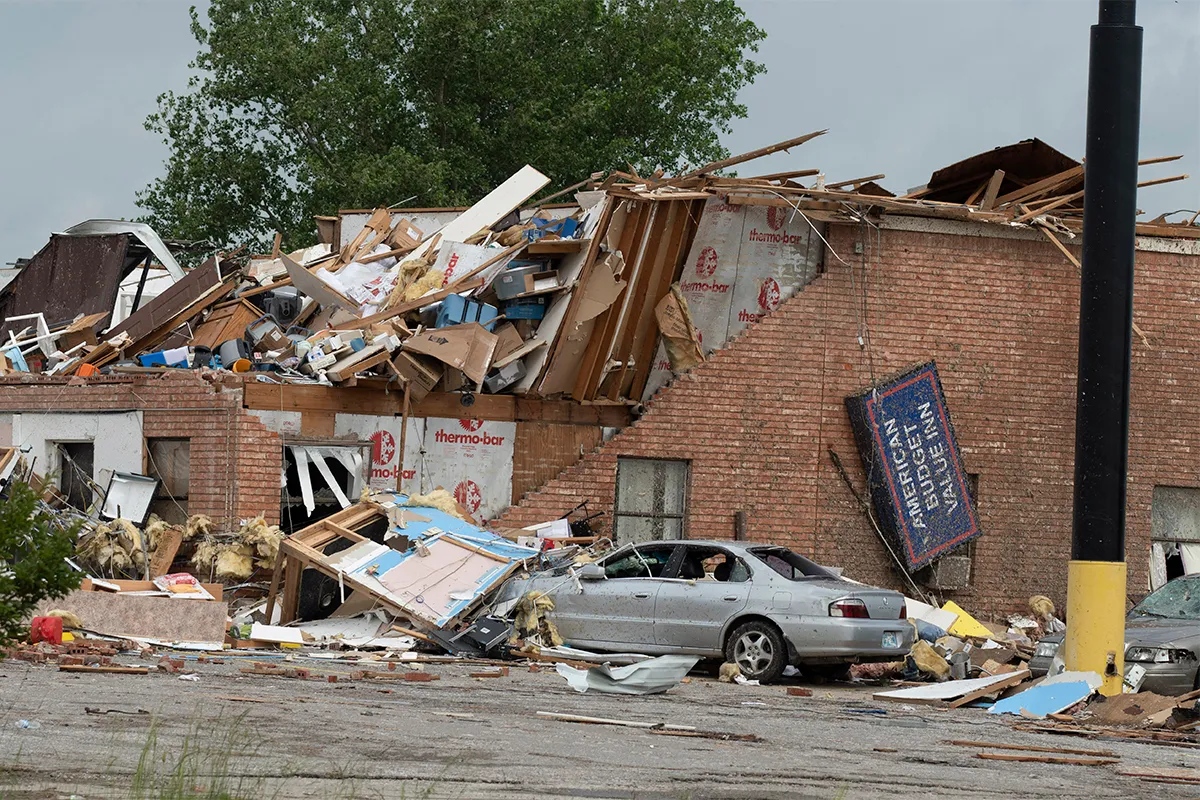
Some 700,000 people live in Oklahoma City, even with the knowledge that the municipality is at high risk of being hit by a tornado. The city is located near the centre of 'tornado alley', an undefined area in the USA where the strongest tornadoes are most likely to occur.
May is the peak month for tornadoes in the city, with an average of over 24 storms occurring annually since 1950. Despite the risks, there are no tornado shelters in Oklahoma City, for the very good reason that the roads can quickly become gridlocked if a storm approaches.
Because of this, most people build their own private shelters to protect themselves from danger.
Jakarta - Indonesia
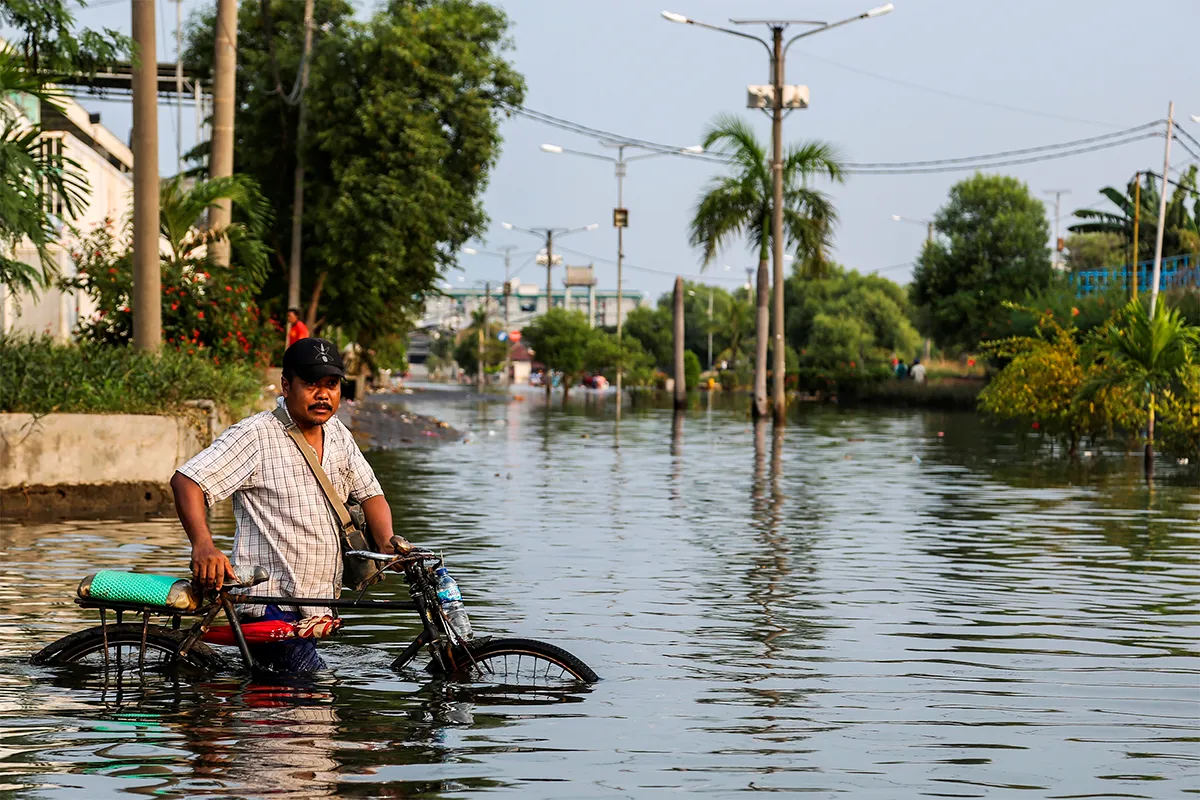
Nearly half of Jakarta is below sea level, which makes much of the northern half of the city susceptible to flooding. But a poor sewerage system and infrastructure that cannot cope with larger volumes of water hardly help matters.
Residents are now growing accustomed to annual floods, with occurrences becoming more frequent in recent years. Studies have also shown that Jakarta is actually sinking between 5 and 10cms per year, prompting more drastic solutions to this problem being sought.
Some extreme solutions include the construction of a giant sea wall that is shaped like a bird and will measure 32km in width and 24m in height. This will hopefully protect Jakarta's 10 million residents from the dangers of rising water.
Tokyo - Japan

Tokyo is located on the 'Pacific Ring of Fire', a large area that covers 40,000km in length and 500km in width, and includes 452 volcanoes. 90 per cent of all earthquakes in the world occur in this region. Because of this, Tokyo experiences some kind of seismic activity almost every day.
Earthquakes are so commonplace in Tokyo that they are mostly ignored by locals, although every school is required to conduct two earthquake drills each year in case a large quake hits.
As the most populous city in the world (with 14 million people living here), a powerful earthquake here would be devastating.
Teresina - Brazil
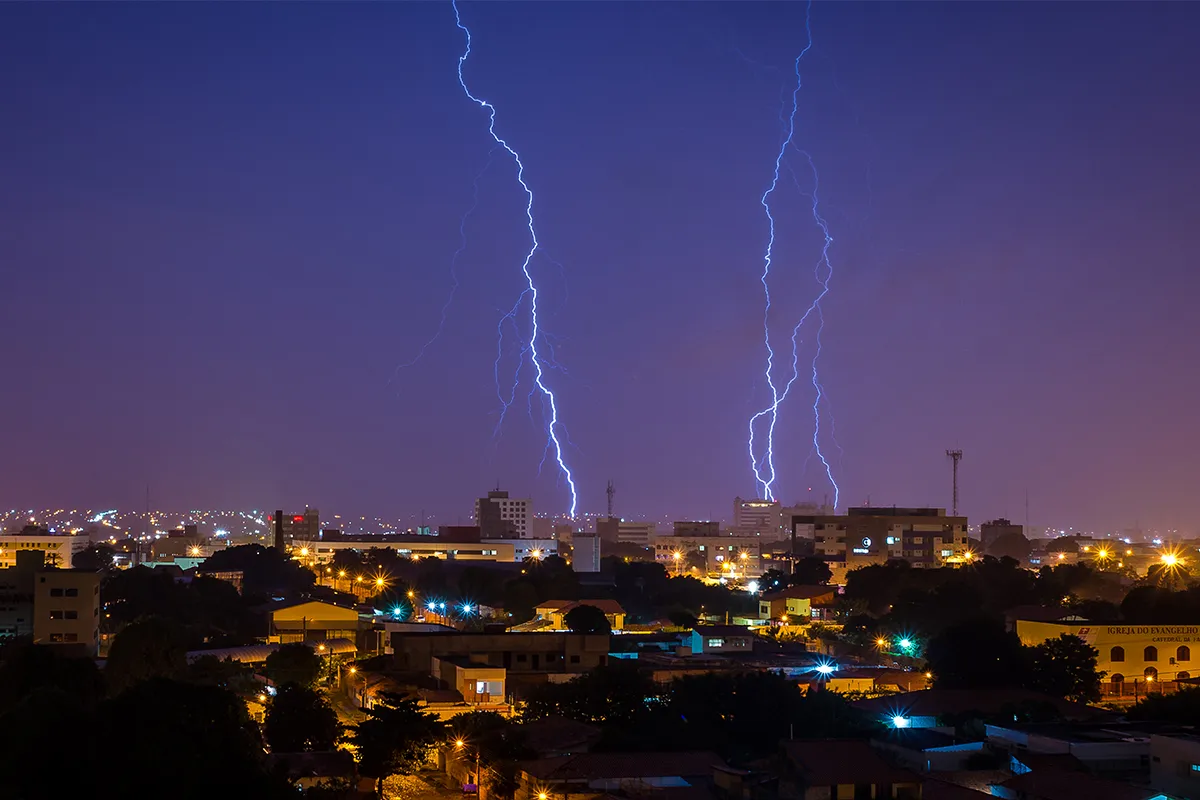
Teresina is Brazil's hottest city, with an average summer temperature of 36 degrees Celsius and rarely dropping below 20. These hot and humid conditions are responsible for it being the world's number one city for lightning occurrences.
The city is located in an area of Brazil known as the 'flash lightning flatlands' (chapada do corisco), a region with the third-highest rate of lightning strikes per year in the world.
Crime is a problem in this city too, ranking in the top 50 for homicide rates in 2017.
More from Science Focus: